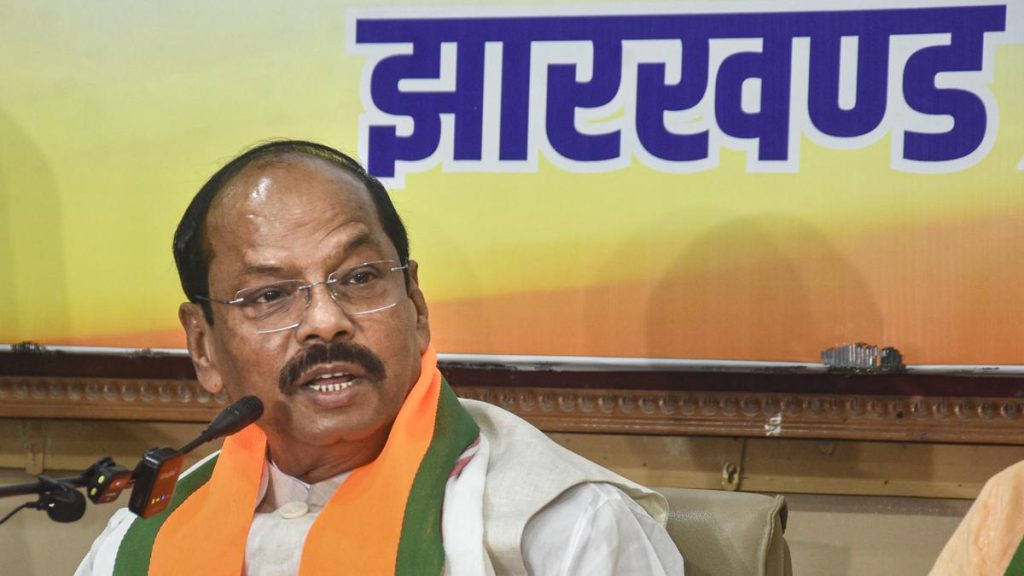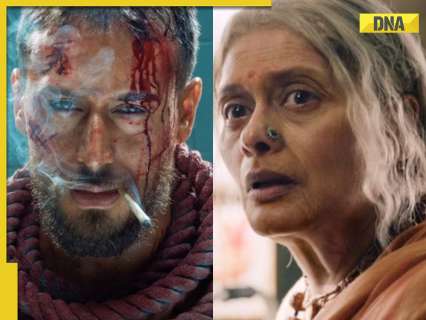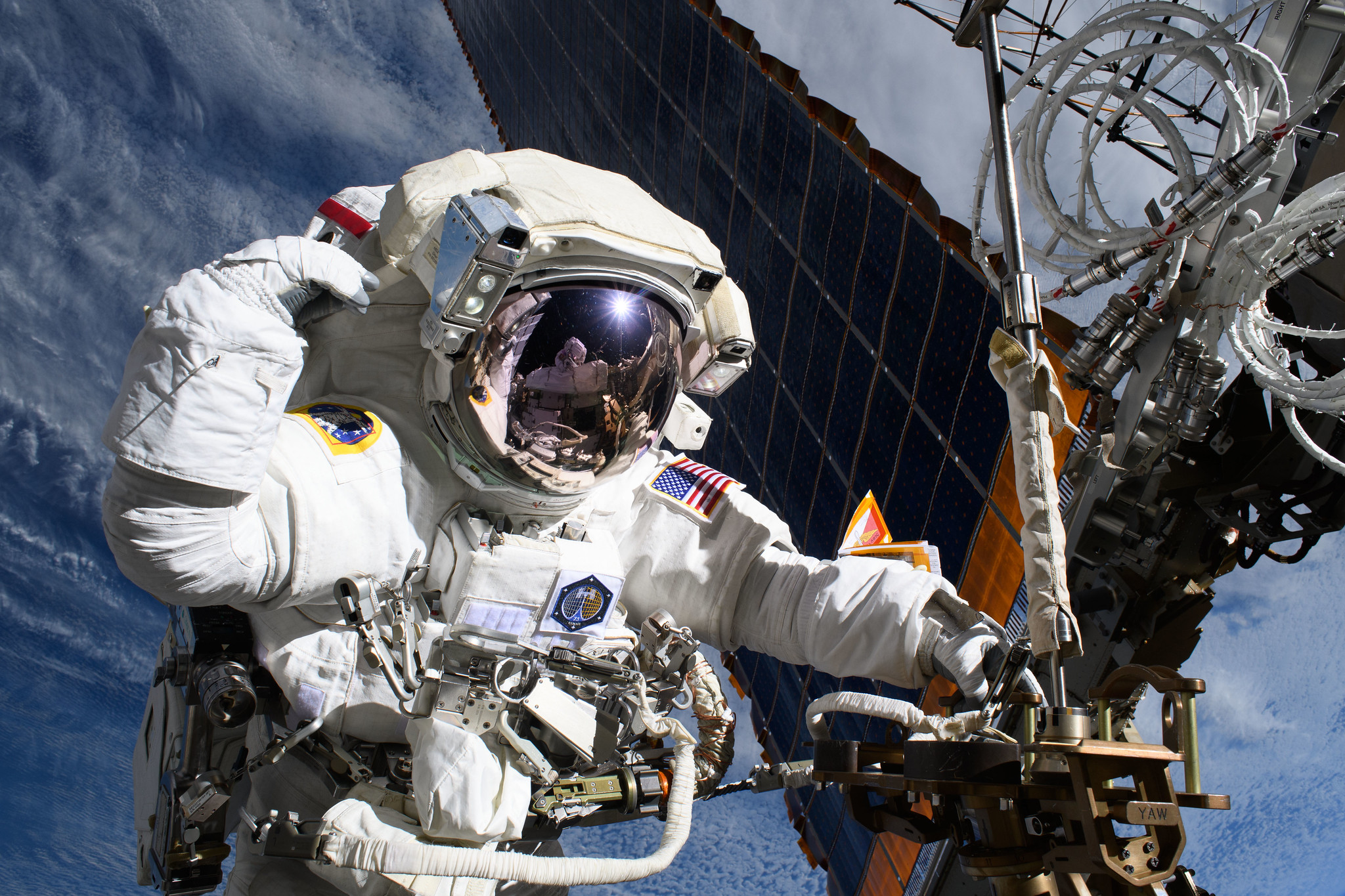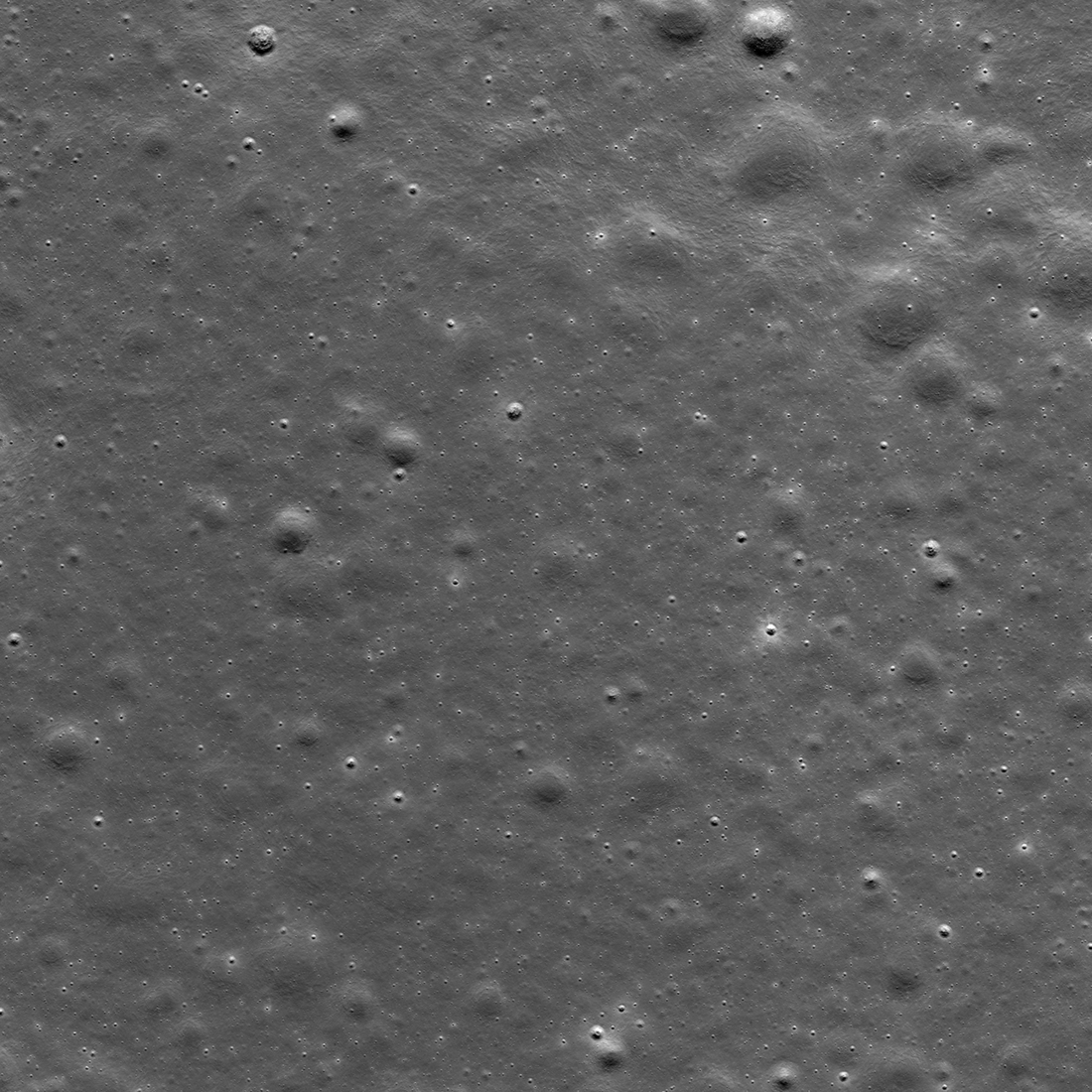Now Reading: Celebrating Nancy Grace Roman’s Legacy on Her 100th Birth Anniversary
-
01
Celebrating Nancy Grace Roman’s Legacy on Her 100th Birth Anniversary
Celebrating Nancy Grace Roman’s Legacy on Her 100th Birth Anniversary
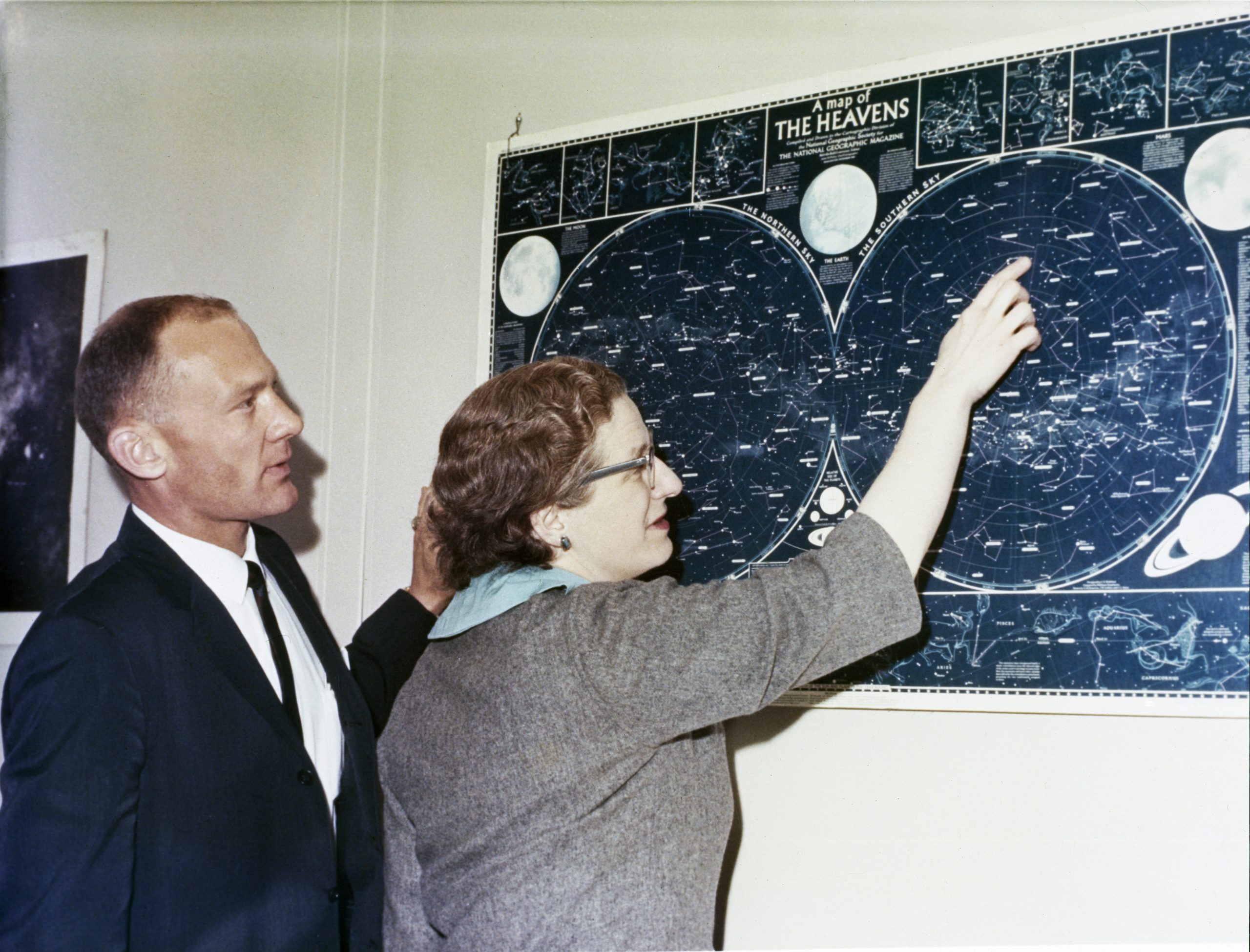
Quick Summary
- Dr.Nancy Grace Roman, NASA’s first Chief of Astronomy, would have turned 100 on May 16, 2025.
- Roman played a pivotal role in space science innovation during her career at NASA starting in 1959.
- Significant contributions included:
– Gaining support for space-based observatories.
– Establishing NASA’s scientific ballooning and airborne science programs.
– Overseeing the early growth of the Hubble Space Telescope project and charge-coupled devices technology (now used widely in digital cameras).
– Linking the development of the Large Space Telescope (Hubble) with the space Shuttle program.
- Roman retired to focus on mentoring underserved youth, inspiring them toward careers in STEM fields.
Indian Opinion Analysis
Dr. Nancy Grace Roman’s contributions are foundational to modern astronomy and technological advancement globally. Her innovations around space observatories and imaging technologies such as charge-coupled devices link directly to India’s burgeoning interest in space exploration, including ISRO’s emphasis on Earth observation satellites and interplanetary research missions like Chandrayaan and Mangalyaan.
India can take inspiration from her legacy, especially regarding how she extended scientific access through mentoring underserved communities. As India’s STEM education sector grows alongside global recognition for its tech workforce skillset, focusing more on inclusivity-especially for rural or underprivileged regions-could nurture homegrown talent capable of driving future advancements akin to those achieved by pioneers like Dr. Roman.
Such parallels reinforce that visionary leadership combined with educational outreach can transform industries while inspiring generations across borders.



